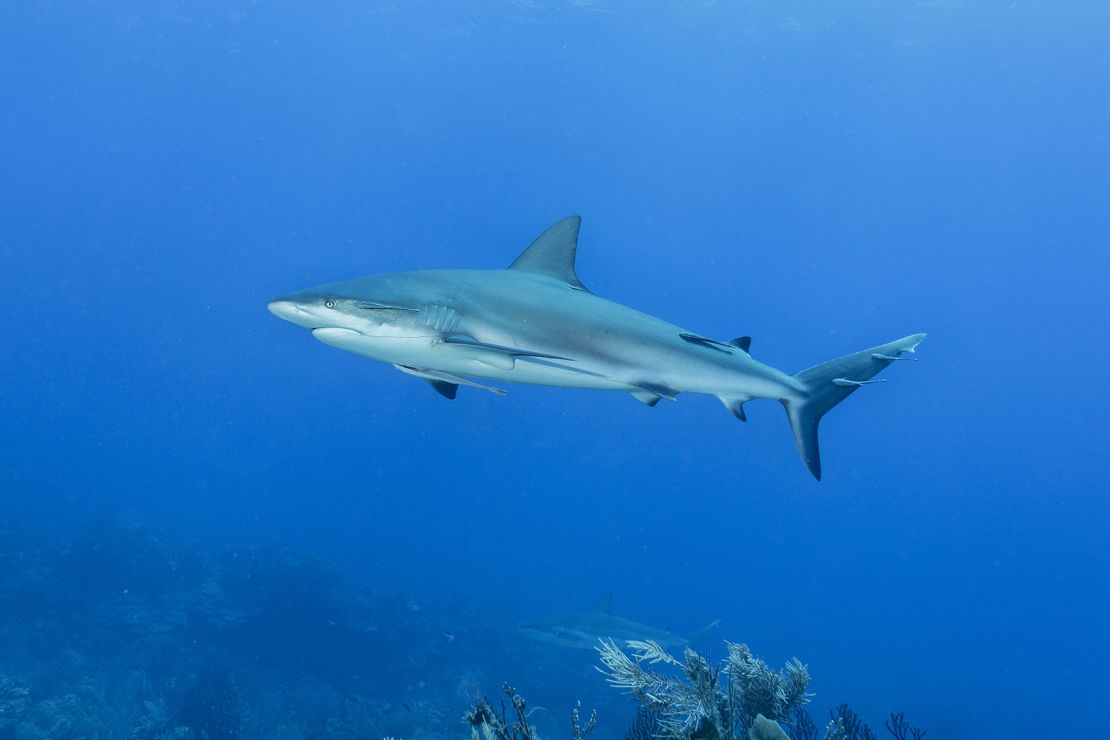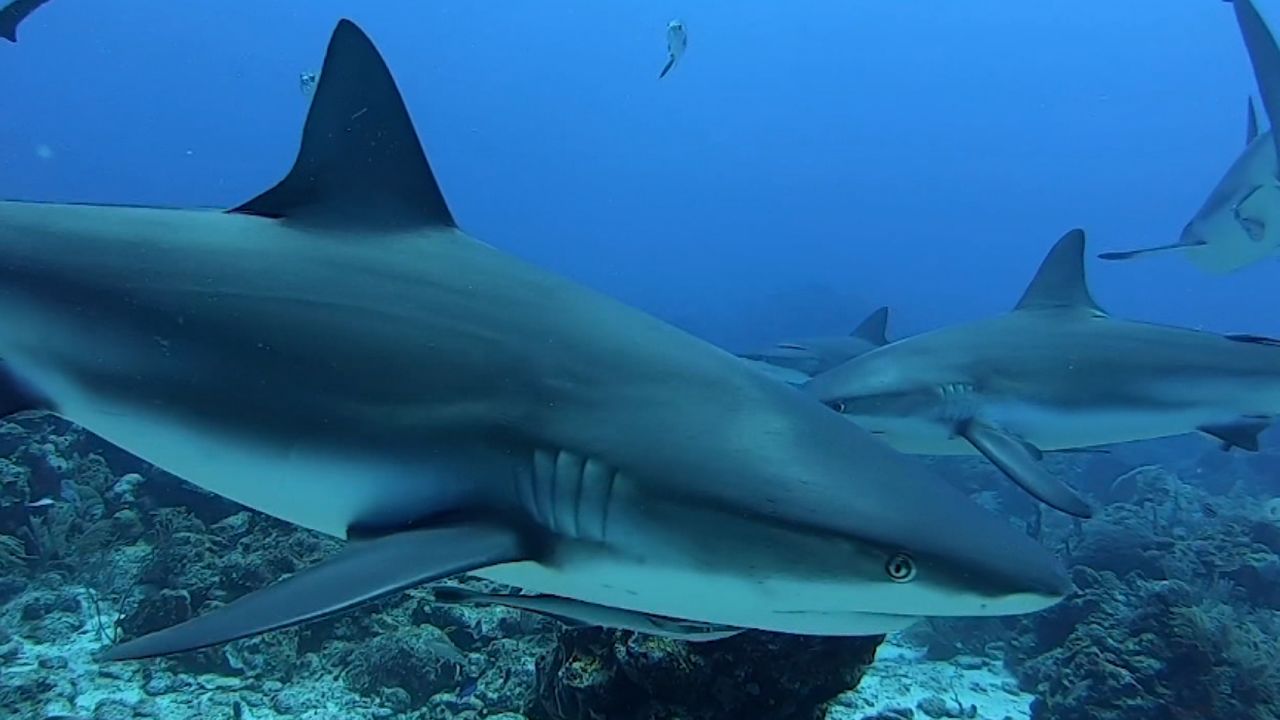Editor’s Note: This story was identified by Patricia Zurita, who is guest editor for Call to Earth’s “Nature’s Highways” theme.
For sharks, turtles and rays in the Caribbean, the Mesoamerican Reef – which spans more than 600 miles from Mexico to Honduras – is a busy highway. As the second-largest barrier reef in the world, marine species use it to navigate north and south, and its rich tapestry of coral, seagrass and mangrove forests provide vital food and habitat.
But as with highways on land, this marine corridor can be dangerous. Overfishing, commercial development and the illegal practice of finning is endangering species such as whale sharks, reef sharks and manta rays. These creatures are already in a fragile state, with more than a third of sharks and rays threatened with extinction worldwide.
“We’re seeing a continued decline of many sharks and shark populations in most countries where there is monitoring taking place,” says Rachel Graham, founder of MarAlliance, a non-profit focused on protecting sharks and rays throughout the Americas. “Our goal is to reverse that decline,” she adds.
By monitoring threatened marine life in the region, MarAlliance is able to glean important knowledge on populations that can help to inform conservation and push for political action. But rather than acting in opposition to the local fishing community, the NGO enlists their help.
“They are the ones who are on the sea every single day,” says Graham, “and they are the ones who are going to decide the long-term fate of sharks and of fish.”
Fishers turned conservationists
MarAlliance employs up to 60 fishers across its range, mostly on a project basis, training them to collect data and tag and release fish. Not only does this provide an alternative income to fishing communities, making them less dependent on natural resources, but it also teaches them about the benefits of a healthy ocean ecosystem and how to fish sustainably.
Related: Ocean photographer Shawn Heinrichs wants to save the seas
Ivan Torres is one of these fishers. Before working for MarAlliance, he says he used to catch sharks to sell locally as food, but now he has learned how they are critical to the health of the whole ecosystem. As apex predators they help to keep other populations in check, and by maintaining a balance they can actually increase the daily catch for fishers.
“I would never fish sharks anymore … because now I know how important they are for the sea,” he says.

If this change in attitude continues to spread throughout fishing communities along the Mesoamerican Reef, Graham has hope for populations of sharks and other species.
“The primary threat to sharks is unquestionably overfishing,” she says, and by reforming the industry, populations can bounce back.
In 2020, Belize outlawed the use of gillnets, large panels of netting that hang in the water and are known for entangling large marine animals. The ban’s impact is already noticeable in areas such as Lighthouse Reef, an atoll off the mainland, says Graham.
It was an area suffering from overfishing, with some boats crossing international waters to exploit its resources. But between 2019 and 2021, MarAlliance recorded a 10-fold increase in shark populations at the atoll. “What we’re seeing is nothing less than miraculous,” she says.
But these sorts of regulations need to be replicated along the whole superhighway for long-lasting impact, and countries need to find a sustainable balance between fishers and the fished.
Graham hopes that through education and providing an economic alternative for fishing communities, MarAlliance will help to ensure safe passage for megafauna along the reef.
“We need to find that win-win strategy between fisher livelihoods and shark survival,” she says.














